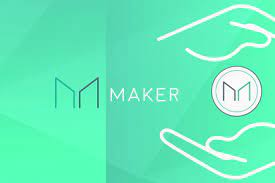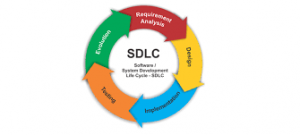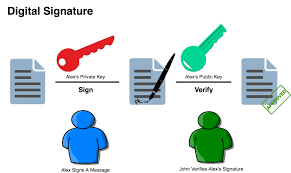Today, we plunge somewhat more profound into its subject venture the board, as it probably won’t be pretty much as self-evident and direct as it appears. At the point when we consider programming improvement project the board, Agile quickly rings a bell. No big surprise – IT groups have been effectively utilizing it throughout recent decades. Yet, imagine a scenario where we could further develop the cycle considerably more.
With regards to current venture the executives strategies there is no rivalry for Agile and Lean. These two, while having a similar objective of further developing execution, contrast on different levels. The previous is seen to work best in programming creation, while the last option is broadly utilized in assembling. Yet, indiscriminately adhering to this guideline when beginning another undertaking can take you no place – only one out of every odd IT project is something similar, so for what reason should utilizing a similar administration strategy work? To comprehend the root distinction among Agile and Lean, how about we travel once more into the past to perceive how everything began.
Lean administration: a concise history
The Lean perspective flourished during the 1940s in Japan when Taiichi Ōhno, one of the chiefs in Toyota, fostered the Toyota Production System to decrease stock expenses and further develop proficiency. Other than different standards, TPS utilized visual signs (does Kanban sound recognizable?) to grandstand stock necessities precisely when they were needed to decrease the expense of overloading. Before long, Japanese makers were forcing Western carmakers to leave business so they needed to adjust. They chose to investigate the Japanese method of cycle the board and referred to it as “Lean”. On schedule, Lean administration has spread past assembling to different branches, similar to support tasks and, in the end, programming advancement.
At its center, Lean administration makes progress toward most extreme waste end and disposing of whatever’s not increasing the value of the cycle or the item. In programming advancement, squander end implies not any more pointless gatherings or unnecessary documentation. We just spotlight on the applicable elements required and convey quick. In 2006, Mary and Tom Poppendieck distributed Lean Software Development. From Concept to Cash, which turned into a pivotal situation for those able to get more familiar with the procedures and devices utilized in lean IT projects. Here are the center standards portrayed by the creators:
Lean Software Development Principles
Lean Software Development Principles
The ascent of Agile
In February of 2001, a gathering of seventeen programming designers met in Utah to talk about an option for the wasteful, yet well known cascade model used to make advanced items. The consequence of their conversation and conceptualizing was the Agile Manifesto, which expresses the qualities and standards of the Agile programming improvement process. Basically, Agile expects to make better computerized items. Starting around 2001 it has fostered a heap of procedures and systems that are utilized and applied in a scope of activities, not restricted uniquely to advanced ones.
Spry Software Development Values
Coordinated Software Development Values
Other than expressing its qualities, the Agile Manifesto additionally spreads out twelve fundamental standards of making programming advancement:
The most elevated need is consumer loyalty accomplished by ahead of schedule and constant conveyance of important programming
Welcome evolving necessities, even in late turn of events
Convey working programming often (weeks rather than months)
Close, every day collaboration between business customers and designers
Projects are worked around inspired people, who ought to be trusted
An eye to eye discussion is the best type of correspondence (co-area)
Working programming is the essential proportion of progress
Supportable turn of events, ready to keep a steady speed
Constant thoughtfulness regarding specialized greatness and great plan
Straightforwardness—the craft of expanding the measure of work not done—is fundamental
Best models, prerequisites, and plans rise up out of self-putting together groups
Consistently, the group thinks about how to turn out to be more viable and changes appropriately
What’s so unique with regards to Lean and Agile?
Since we know the fundamental standards and upsides of the two philosophies, we can more readily comprehend the contrasts between them. How about we start with their way to deal with process speed and cycles. In Lean, we regularly use Kanban sheets to layout the timetable, while in Agile, Scrum is by all accounts the ruler.





